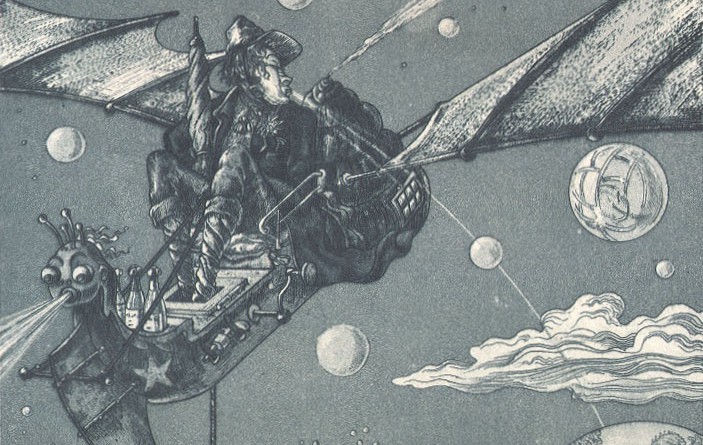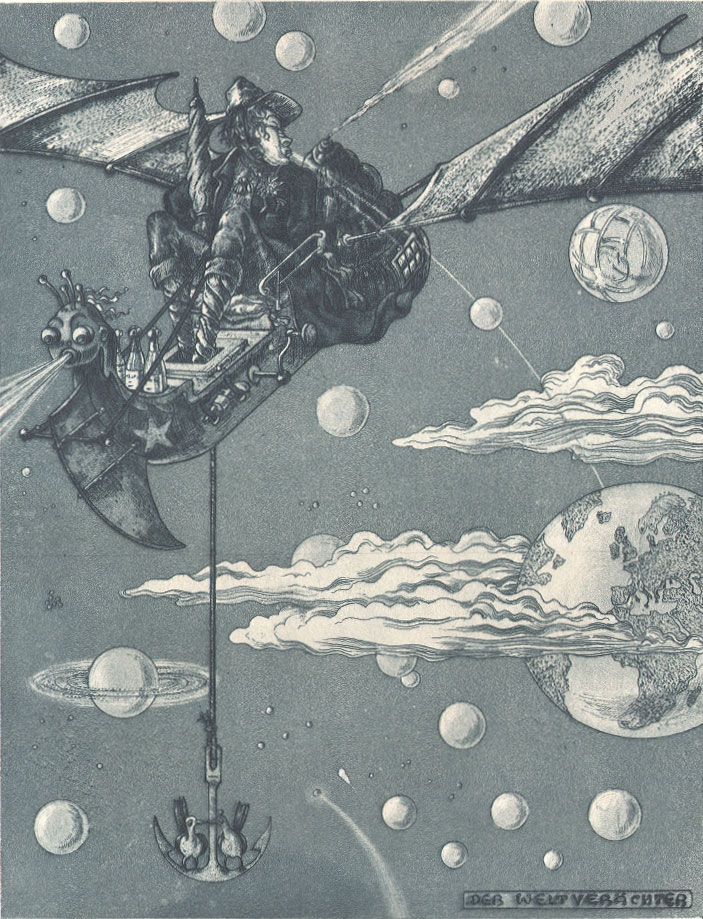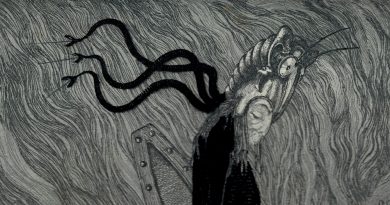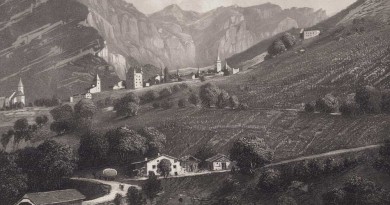Hans Eggimann – Der Weltveraechter – Original Engraving by Swiss Artist
Hans Eggimann Der Weltveraechter (The Man Who Disdained the World) A mad scientist, riding a fantastic space vehicle made of of seashells and Leonardo Da Vinci style wings, leaves the world behind. Two doves ride heavenwards with him, sitting on the anchor of his vehicle. Signed in reverse in the plate and dated 1911. Signed by hand in the margin. Condition: The sheet is slightly browned with age and the outer edges are torn. This would be easily concealed by matting. Dimensions: 18 X 23 cm (Platemark dimensions – not including margins)
September 29, 1872 (Bern) - May 29, 1929 (Bern)
Hans Eggimann Bernese painter, illustrator, engraver, works of satire and political commentary. Fantasies and fairy tales. Listed in the Benezit. Hans Eggimann was one of two sons of a Bernese couple who ran the Restaurant Hotel zur Pfistern near the Zeitglocken in the center of the Swiss capital. While his brother Fritz followed in the parents footsteps in the hotel instustry (he became a manager of the famous Bellevue Palace Hotel in Bern) Hans studied music, architecture and painting at the technical university of Dresden and later at the Ecole des Beaux-Arts in Paris. Eggimann was a cofounder of the monthly Bernese newsletter the “Baerenspiegel” to which he regularly submitted illustrations and later opened a bureau for art and architecture on the Montbijoustrasse.
One year later Albert Welti and Wilhelm Balmer moved to Bern to work on the grand mural for the Swiss Federal Council chamber. These two artists and their milieu were to have a profound impact on Eggimann’s work. Welti and Eggimann became close friends and Eggimann studied engraving with Welti. Both artists had a fascination with the fantastic, shown in the central motifs of their work as well as in the tiny imaginary creatures that sometimes populate the edges of their engravings. Jugendstil is also very evident in his work, particularly his illustrations, miniatures and ex libris.
But during the late 1920s, the artist began to suffer depression, and on May 29, 1929 he committed suicide by throwing himself off Bern’s Kirchenfeld bridge.





